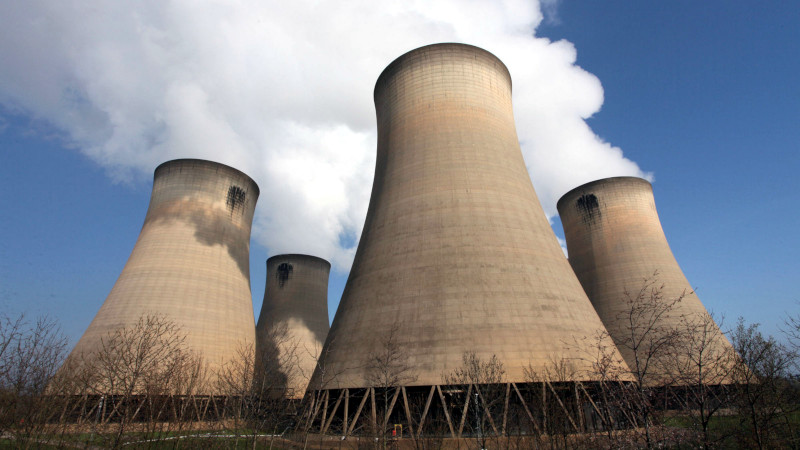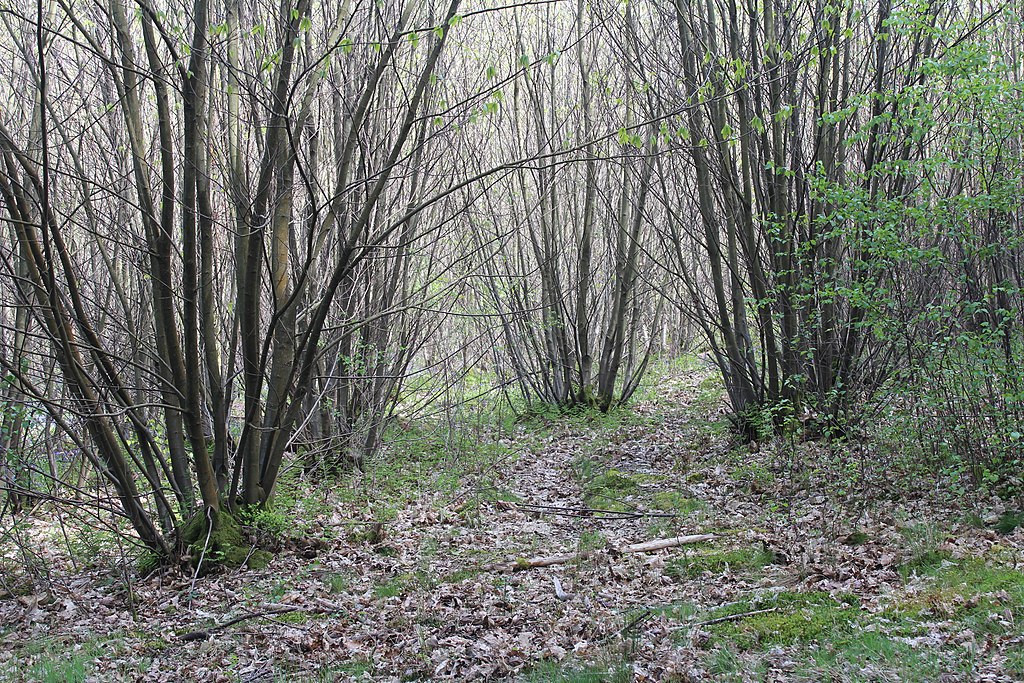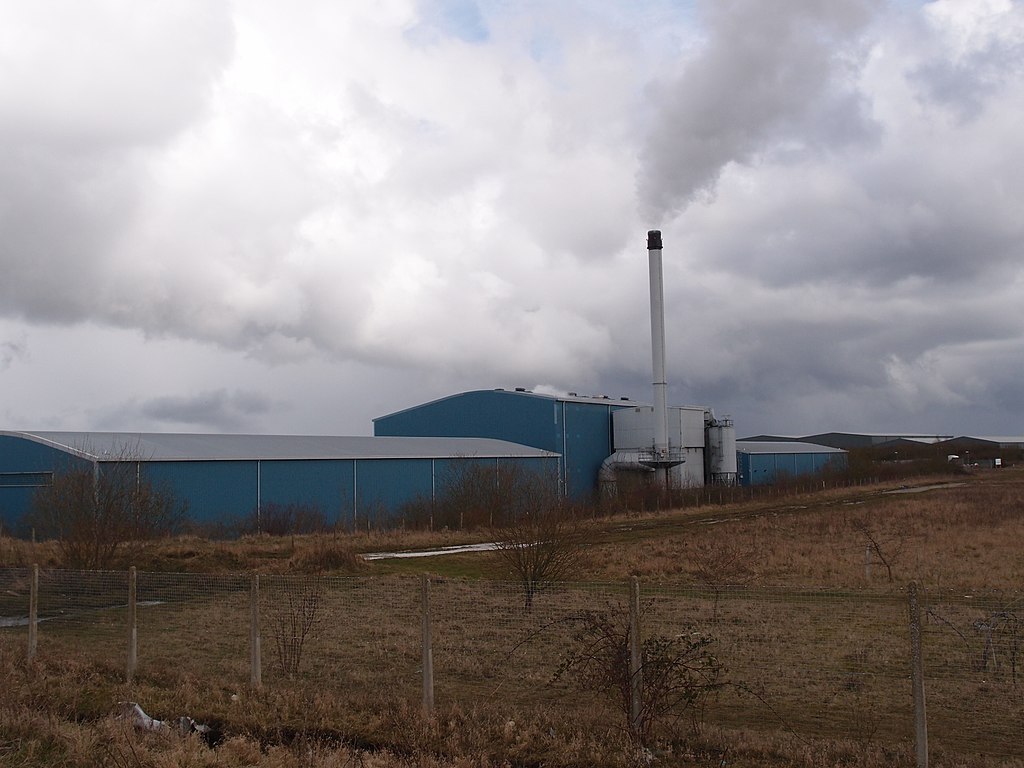If Wood Isn’t The Biomass Answer, What Is? [Hackaday]

As we slowly wean ourselves away from our centuries-long love affair with fossil fuels in an attempt to reduce CO2 emissions and combat global warming, there has been a rapid expansion across a broad range of clean energy technologies. Whether it’s a set of solar panels on your roof, a wind farm stretching across the horizon, or even a nuclear plant, it’s clear that we’ll be seeing more green power installations springing up.
One of the green power options is biomass, the burning of waste plant matter as a fuel to generate power. It releases CO2 into the atmosphere, but its carbon neutral green credentials come from that CO2 being re-absorbed by new plants being grown. It’s an attractive idea in infrastructure terms, because existing coal-fired plants can be converted to the new fuel. Where this is being written in the UK we have a particularly large plant doing this, when I toured Drax power station as a spotty young engineering student in the early 1990s it was our largest coal plant; now it runs on imported wood pellets.
Wood Ain’t What You Think It Is

The coal-to-wood story has a very rosy swords-into-ploughshares spin to it, but sadly all isn’t as well as it seems with wood biomass power generation. Nature has a feature expressing concerns about it, both over its effect on the areas from which the wood is harvested, and over the CO2 emissions it creates. The problem is that it produces so much CO2 with such a long renewal time of regrowing all those trees, that over the next century it’s likely to make the CO2 problem worse rather than better. The article has provoked a storm of criticism of the biomass industry from environmentalists, but in doing so do they risk tarnishing the whole biomass sector unfairly?
A millennia-old sustainable farming practice is that of coppicing. This is the repeated harvesting of wood from the same tree in a continuous cycle of cutting and regrowth of the same trees, and a typical coppiced woodland will contain trees at all stages of the cycle. This is a very practical example of carbon neutral biomass production, but the problem is that for a power-station scale operation it becomes one of replacing older trees with hew ones. While a coppiced tree will take in the order of a decade to replace its growth, a new full-sized forest tree takes many decades to do the same. The establishment of a coppiced forest is a slow process meanwhile, so there’s little prospect of their soon achieving the scale to replace the traditional forests harvested by the power industry.
The Answer Lies Down On The Farm
Fortunately, wood represents only one sector of the biomass industry. There’s an alternative model to that of the enormous former coal plant burning wood pellets, and it comes in the form of much smaller local plants running on biomass crops or crop waste from farms, usually in the form of straw. It’s worth looking at these plants in order to remind anyone tempted to dismiss biomass as a whole based on the wood pellet plants that there is a more sustainable alternative.

A feature of growing up in rural England before the end of the 1980s was that at this time of year the land would be enveloped in a curious smog. We produced much more straw than we could use as a country, and the surplus used to be burned where it lay in the fields. The resulting ash would return what nutrients it contained to the soil, and the land being blanketed by smoke was just part of life.
When the practice was banned it became the norm for combine harvesters to chop the straw and distribute it across the field, where it would be ploughed in to break down naturally. Naturally this represented a significant biomass crop going to waste, so as the demand for green energy rose there appeared local plants all across the country. These typically have a capacity in the tens of MW, and buy their straw under contract from farms within an easy transport radius. This is usually surplus straw from feed crops, but is sometimes also ones specifically grown for biomass such as rye or elephant grass. It’s something of a mark of the season, when the contractors turn up with their huge high-speed baler to process the crop.
In the second half of the 20th century we concentrated on the economies of scale offered by very large coal-burning plants because it was relatively cheap to move a trainload of coal from the colliery to the power station. It’s unlikely that we’d now build similar plants to burn wood unless we already had them left over from the coal era, so it’s important to remind anyone put off biomass power by concerns similar to those in the Nature article that it doesn’t need to be done that way. There is an alternative, it relies on biomass that grows back on a yearly cycle with the harvest, and it could be coming to your county if it hasn’t already.
“Drax power station cooling towers” by [Andrew Whale], CC BY-SA 2.0.


![if-wood-isn’t-the-biomass-answer,-what-is?-[hackaday]](https://i0.wp.com/upmytech.com/wp-content/uploads/2024/09/210497-if-wood-isnt-the-biomass-answer-what-is-hackaday.jpg?resize=800%2C445&ssl=1)